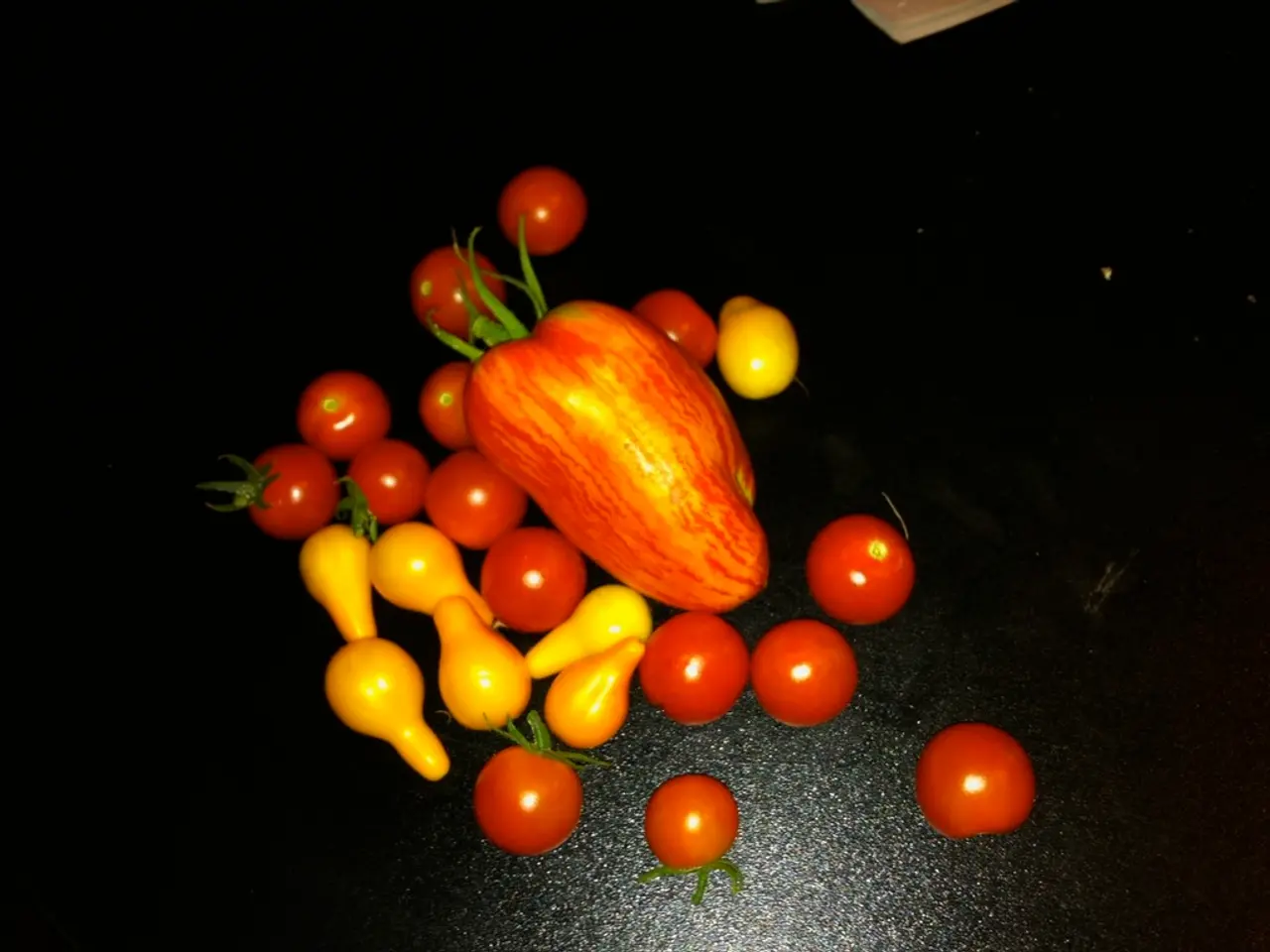Is it safe to divide the core at Peach, Nectarine, and Co. companies?
Stone fruits like peaches, apricots, and nectarines are a delightful addition to any meal, but it's essential to be mindful of their pits. These pits contain a compound called amygdalin, which can release poisonous hydrogen cyanide when ingested.
Fortunately, the edible flesh around the stone is safe to eat, as amygdalin levels in the fruit flesh itself are low enough that children can consume the fruit without worry. However, the pits and seeds should be discarded or kept out of reach to prevent accidental ingestion.
Handling Recommendations:
- Do not chew or swallow fruit pits. Even small amounts can be toxic due to cyanide release.
- Remove and discard the stones properly before consumption or when preparing these fruits.
- In case of accidental ingestion of pit seeds, seek medical advice immediately, especially if symptoms like dizziness, headache, nausea, or difficulty breathing occur.
- Educate children and others about the danger of swallowing these pits.
The Federal Institute for Risk Assessment (BfR) recommends avoiding consumption of fruit pits altogether. The Federal Office for Agriculture and Food (BLE) explains that stonecrackers, a developmental error caused by stress during the growth phase, such as dry periods or nutrient-poor soils, are fundamentally safe to eat.
EU marketing standards allow up to 10% of split stones in class I fruits, as long as the stem cavity is closed and the fruit flesh is healthy. In class II fruits, split stones are permitted, as long as the fruit flesh is free of defects that impair its edibility.
It's important to note that mold or fruit gum excretions are only allowed in very small amounts according to EU marketing standards. The substance amygdala, which is located inside the pits, is only released when chewed.
Consuming more than two bitter apricot pits per day can lead to severe poisoning with symptoms like cramps, vomiting, and shortness of breath. On the other hand, small, soft pits like those in apples, grapes, or watermelons can be eaten without worry, according to Öko-Test.
Sabine Hulsmann, a nutrition expert at the Bavarian Consumer Center, advises not to eat the inner pit of the stone. Fruit pits contain the substance amygdalin, which converts into poisonous hydrogen cyanide during digestion.
In conclusion, while the edible flesh of stone fruits is safe and nutritious, it's crucial to handle their pits with care. By following the guidelines above, consumers can enjoy these delicious fruits while minimising any potential risks.
- In addition to their role in a health-and-wellness lifestyle, it's essential to remember that stone fruits like peaches, apricots, and nectarines contain pits that should be handled with care due to the presence of amygdalin, which can release poisonous hydrogen cyanide.
- Considering the potential risks associated with stone fruit pits, the Federal Institute for Risk Assessment (BfR) recommends avoiding their consumption altogether.
- Apart from the edible flesh, the inner pit of stone fruits should not be consumed, as it contains the substance amygdalin, which converts into poisonous hydrogen cyanide during digestion, posing a risk to health-and-wellness.




